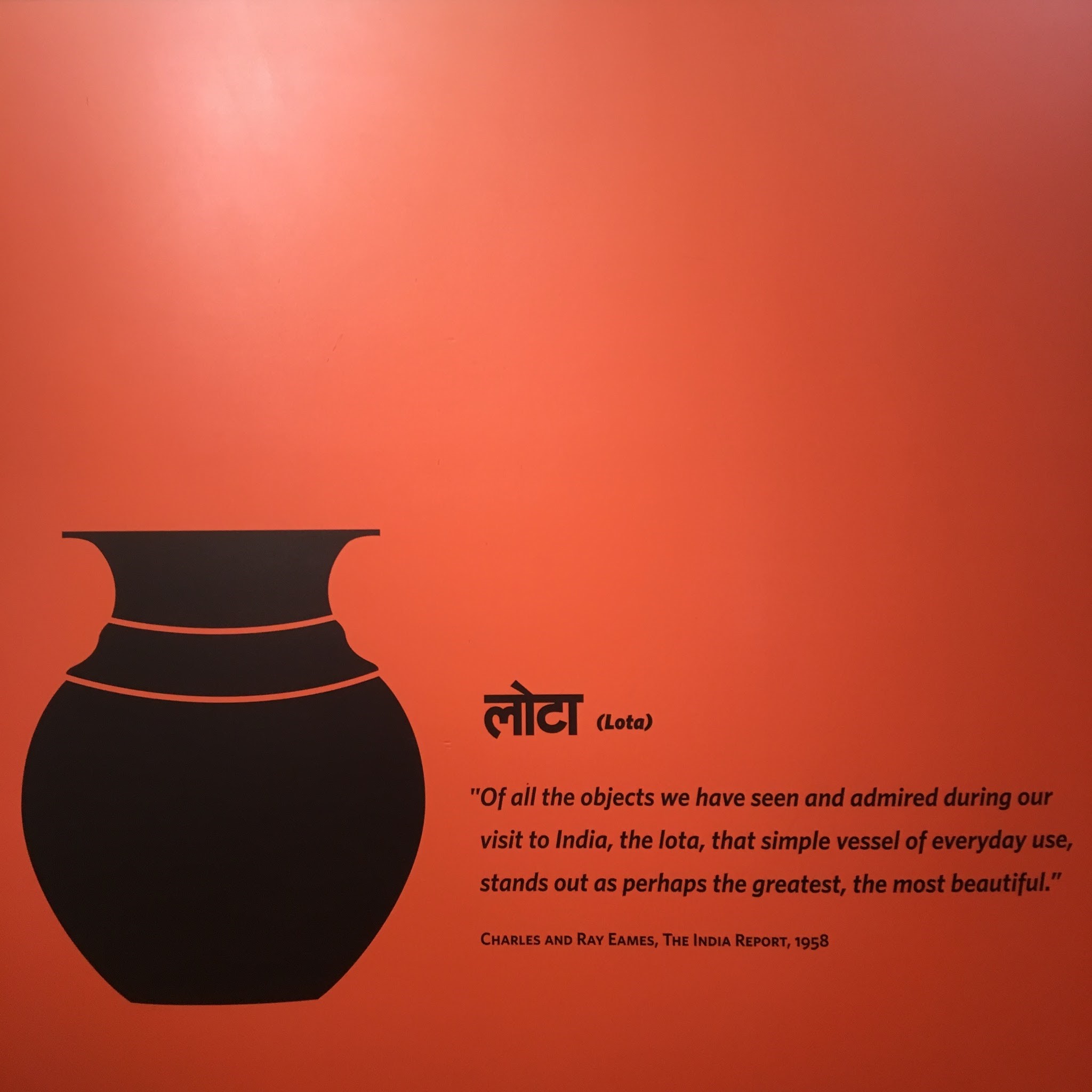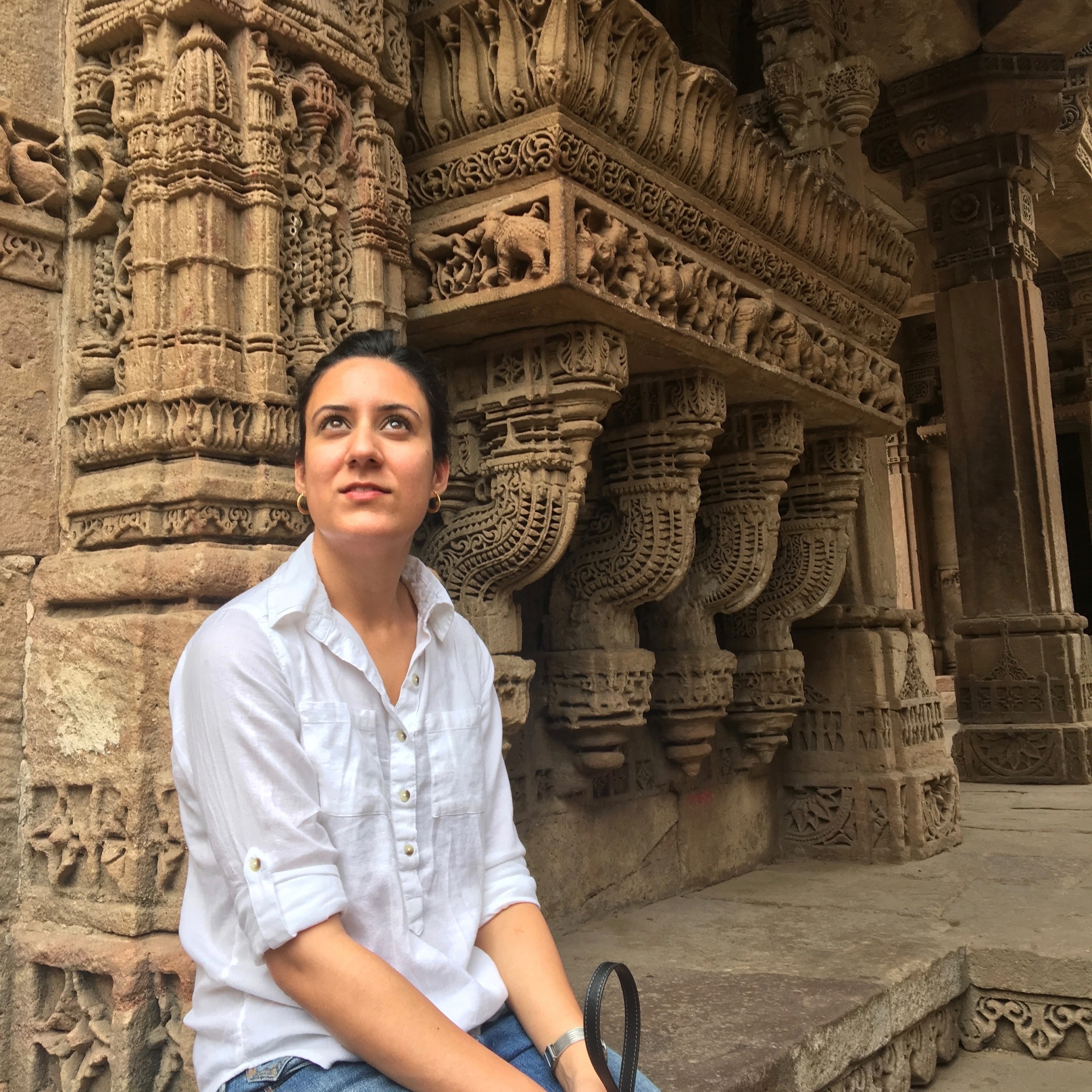
Tell us about your career path from New Delhi to New York? Any advice for prospective Parsons ADHT students planning a move to the United States?
Before coming to Parsons, I was working in New Delhi as a journalist, writing for the weekend edition of a paper. I would write stories about people who were doing something new, making something interesting—maybe a beautiful chair, a bicycle of bamboo, setting up a whacky new office, a new clothing line of banana fiber and silk, and such. I never really called it design with a capital D. I had a cozy apartment and good friends. My family was in a city just a few hours away. I was settled and comfortable. There had been a breakup with a boyfriend, and that possibly had something to do with staying up late nights reading random blogs. That’s when I came across Susan Yelavich’s note on the MA Design Studies blog. I instantly knew I had to pursue it. I had to at least try.
However, I belong to that group of people who don’t believe that everything is pure coincidence. One thing leads to another, often over time and so subtly, and you connect the dots only much later. Anyway, I had been to New York a couple of years before I moved there for school. I had walked past The New School, down Fifth Avenue, and sat outside Bobst and watched the world go by. I had walked enough of the city as a tourist to know that if you walk slowly, you’re going to get grumpy looks. I didn’t mind it. I smiled back. And when I moved here, I walked faster myself. There was always somewhere to get to.
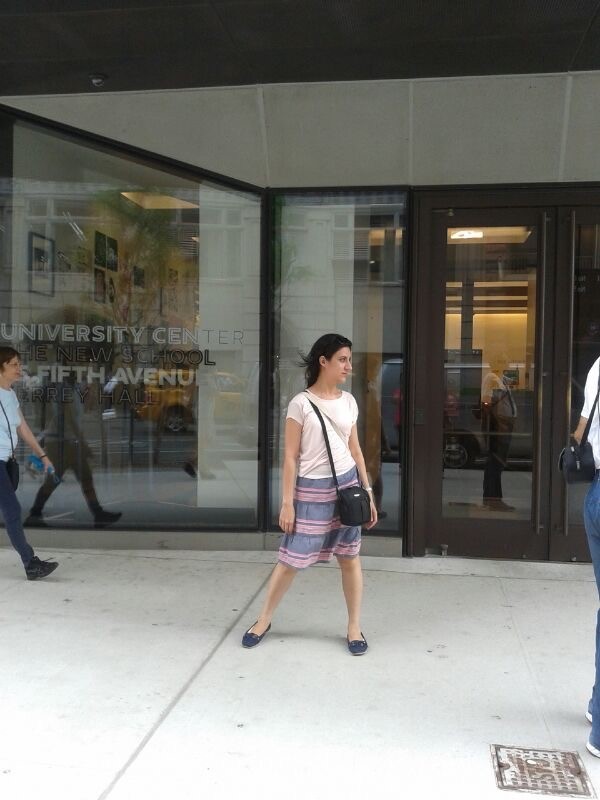
So I applied to Parsons—shot an arrow into the dark. After being accepted, I bought a one-way ticket from New Delhi to New York. I packed up my apartment, gave away most of my things, except those that could fit into two suitcases.
As much as my career path was about learning design, and about living in a new city—and exploring the world in general—it was ultimately about self discovery. To go from one city to another, from a job back to school, from a place of familiarity to the complete unknown—all of it is related to getting to know yourself better. To potential students of The New School, or any other school which is far from all that is known to them, I’d say, take a plunge. Do it. You’ll find out who you are.
Do you think of yourself as a New Yorker? If so, what are the terms? And did this identity form before or after graduating?
While I lived in New York I definitely felt a sense of belonging in the first few months. New York not only accepts you for who you are, it also embraces you and sucks you in and celebrates you for all your differences or unexpected similarities. No doubt it can be rough—and maybe I’ve been lucky—but I found friends who smiled a smile of knowing and understanding, who disarmed me with their honesty, who sat at the bar and talked of weird, dark politics of the world and made me feel right at home. Also, strangers. If it’s too much to say that most New Yorkers are friendly, it’s safe to say that they are straightforward and will do what they can to help you. When I was moving into an apartment, I found a bed to buy off of Craigslist. The owner—a slightly grouchy German gentleman—was shocked that I didn’t have any tools (to fix up the bed). “Not even a screwdriver?” he had asked, as if traumatized. I apologetically said I would buy one on my way home. While leaving, he gave me his pocket folding tool set. He said that it was old, that he had used it for a very long time—mostly on his bicycle. He said he wanted me to have it.
Hypothetically speaking, where does one in your field live and thrive outside of New York City?
While attending The New School, I learned a lot inside and outside the classroom. Needless to say, the city and its people are a tremendous influence. The city becomes a classroom. Other students come from worlds of their own and bring perspectives you don’t ordinarily consider. To be honest, I tried desperately to stay in New York after graduating from the program, to work for a couple of years simply because there is so much happening and there’s so much scope. But visa issues didn’t make it easy.
Returning home had its share of excitement. India has its own set of possibilities. Design is a field that’s everywhere and beyond borders and across cultures. The Parsons Design Studies Program gives you a very open-ended socio-political perspective of design. So even if I took electives as specific as Dutch Design or History of Modern Architecture or Socially Engaged Art Practices, it all essentially gave me an anchor to grasp what is going on in the world. Some people might prefer to learn specifics, to focus, to specialize—and you can do that. But for me, as a journalist, I was seeking coordinates, milestones, directions to navigate the world with a little more knowledge and understanding. When taking up an issue to write about, I want to come from a sensitive place of understanding. Which is also why I don’t find it imperative to be in one particular place or market hotspot suited to my field of work. An IDEO at San Francisco or Museum of Art+Design in New York would be amazing, but a weaver’s studio in rural Nepal that is collaborating with designers to contemporize their weaving traditions is equally fantastic to me. The world is my oyster.
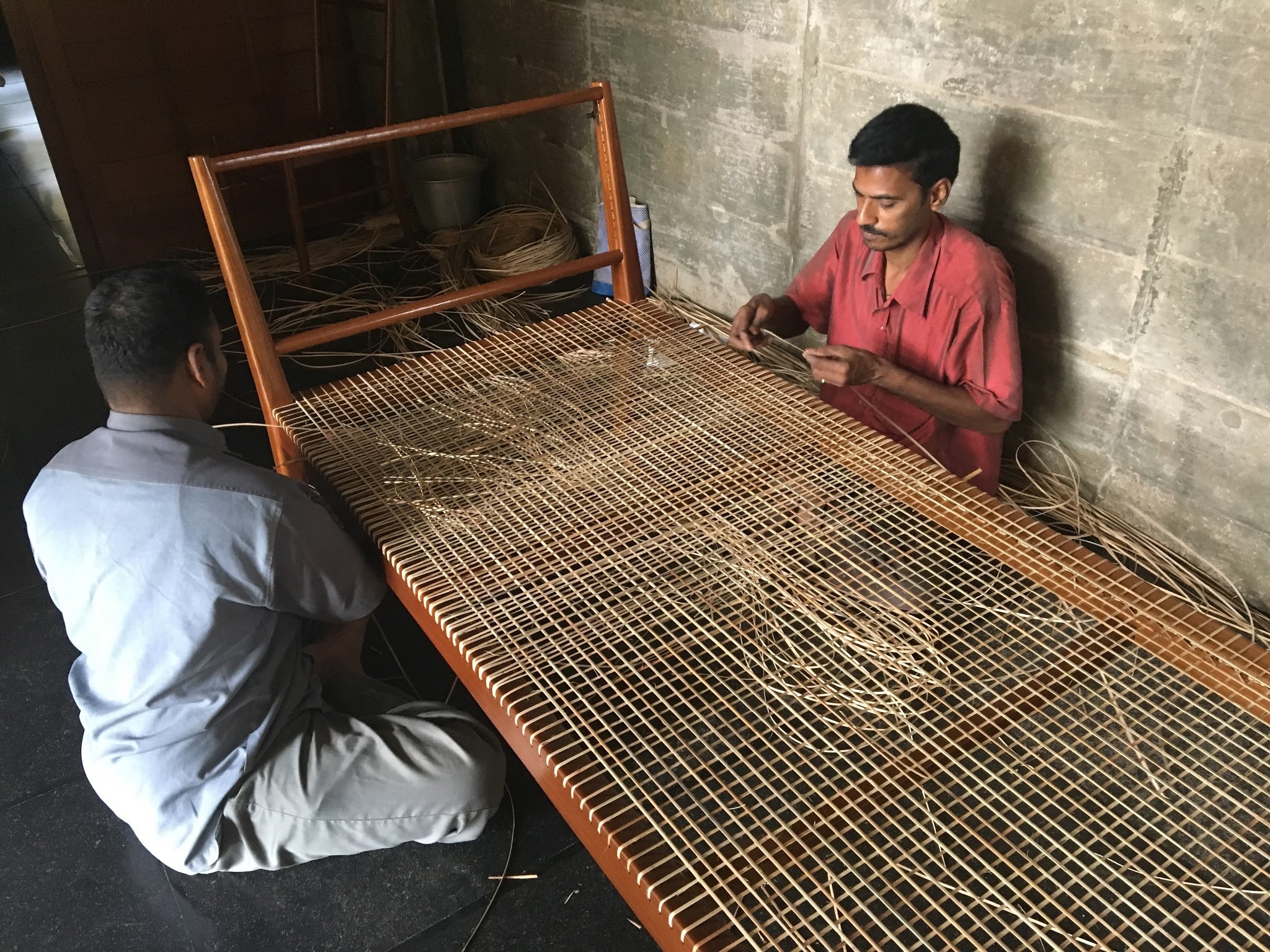
How has life been post MA DS? How do you think the courses have changed your course?
I am back in India now. My central area of study during the program (including my thesis) and after the program has been about the relationship of craft and design. In India, you grow up in a significantly handmade culture. And yet it’s equally industrialized. So the lived experience of craft is very alive and thriving, rather than just a theory that existed pre-industrial revolution. It’s not a complete surprise to me that my research and interest lie in craft and design. Since my return, I have been traveling across India—Pondicherry, Cochin, Kutch, Kashmir—to centers of traditional crafts, to craft+design collaborative studios, to artisan workshops, to design schools. I’ve been doing this with the aim of putting together a travelogue of the craft and design landscape of India.
While I am from India and have lived here all my life, I don’t think I’ve considered and traveled through its length and breadth before, as I’m doing now. And it is certainly my period of study at The New School that has brought this on. Sometimes one has to detach and go away from the familiar, to look at it from a distance and return with a renewed perception and vigor. And it helps tremendously that while you’re away, you’re among a set of people who put you through painful projects of research and writing.
Next week I’ll be starting a new job: a writer at a newspaper, covering design and culture issues. I’ll be based in Mumbai, which is similar to New York—a fantastical, messy, churning pot. While I write short weekly stories, I hope I will be disciplined enough to continue working on my book and not lose the steam that MA DS and New York has built for me.
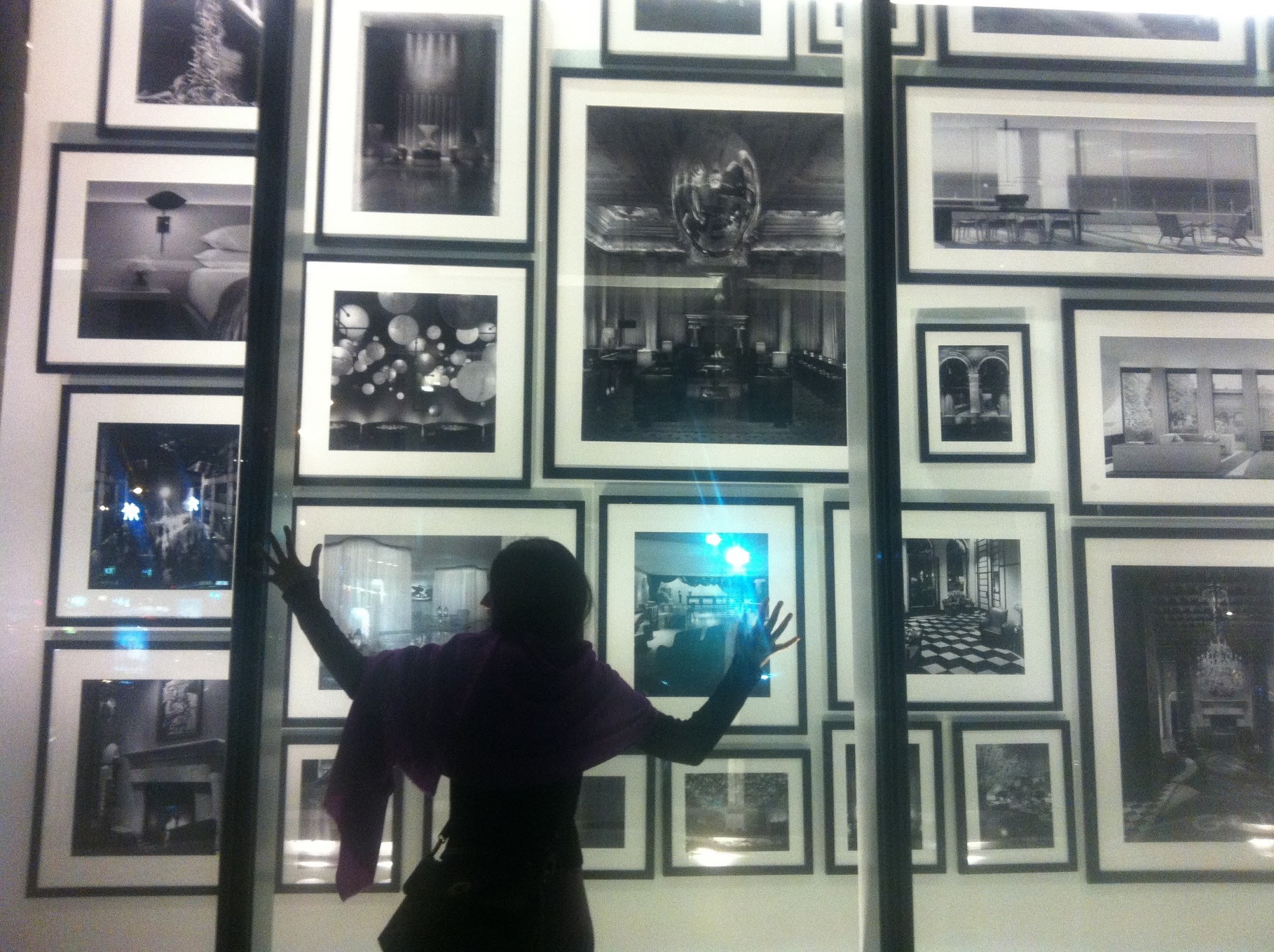
Do you think your writing, or your work in general, has changed after graduating from The New School? In terms of voice, insight, theory, and other writing skills, have you compared them with your journalism before Parsons ADHT?
Developing writing skills is a constant, persistent, unending process. And design knowledge evolves and expands as each day passes. While I admit and submit to that, I find that a graduate course really gives you an edge. It gives you the tools to hammer, chisel, crack open something with a little more sharpness and precision. It equips you with a way of thinking and approaching issues.
Having said that, I find that when I write an article and read it a few months down the line, more often than not I’ll be cringing at what I’ve done! But that’s just me and the ghosts I have to battle on my own. And it doesn’t stop me from writing at all. During school’s second semester, I interned at Metropolis Magazine, where I had the opportunity to write. The year after, I interned at Maharam, a textile design studio, doing writing work that was specific to the textile industry. Soon after school, I worked at Herman Miller’s editorial department, writing about their historical, as well as new, products. I think there’s something that has changed, though. I don’t find myself writing for the sake of filling newspaper space. I need to have an original idea, however small, and then build my language around it. I also think there’s more clarity in my narrative. I’ve realized that the more you know, the more there is to know. And that at some point you will miss out on something quite crucial. Yet an independent idea is invaluable. The authenticity of your voice will carry forth your argument despite its limitations. Which is why I want to reiterate that the most valuable thing about this MA program has been to help me develop a way of thinking. My teachers and peers are to thank for that.
To elaborate a little on your area of interest, how do you interact with a pre-modern idea of craft and a post digital state of design? What has survived from the old infrastructure that you find indispensable or, perhaps, unhelpful?
While in theory craft is pre-modern, to me the notion is timeless. It has existed throughout history, even at the heart of the Industrial Revolution, adapting to become part of the industrial model in one way or another. Whether as a division of labor or a specialization of skill, in small or big ways the notion of craft has existed. But yes, the industrial and digital modes of production change the definition and scope of craft quite significantly from its pre-modern conception. To my mind, it is an interesting moment for craft and its renewed relevance simply because the digital model allows for more freedom in conception and production. It gives the maker power over each individual piece, more than an assembly line industrial model has offered. I also see a u-turn in the values that we aspire to. For example, aesthetics like imperfections, unstandardized pieces, the qualities inherent in the handmade. However, there is a tendency to fetishize such qualities. I believe that craft has to be understood not as a category of handmade objects but as a way of thinking and making. Something that requires skill, work hours, material knowledge, and learning by doing. Craft has the capacity to intersect philosophy, social practices, technology, sustainability—in turn embedding a humanity into what we make. Most importantly, craft is about people. I was recently reading a book called Critical Craft, and the authors Clare Wilkinson-Weber and Alicia Ory DeNicola brought the discussion of craft down its expansive anthropological reach. “We believe that research on craft and artisanship has the potential to open up new and evocative questions about the ways that we construct some of anthropology’s most critical contemporary concerns: technology, access to markets, means of production, control over work practices, tradition and innovation, urban and rural spaces, human rights and the environment to name just a few,” they wrote. So yes, I think craft as a way of thinking-knowing-making is indispensable. But to look at it through a nostalgic lens of the beautifully handcrafted objects of yesterday—that’s unhelpful.
